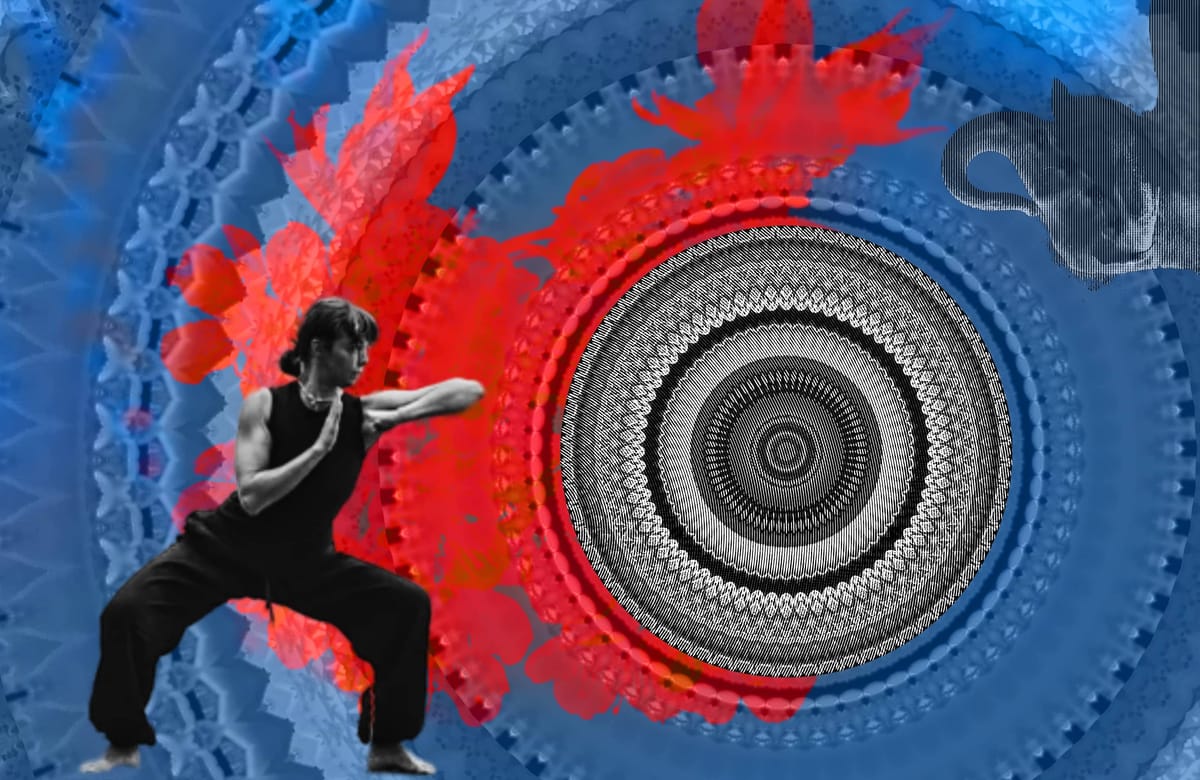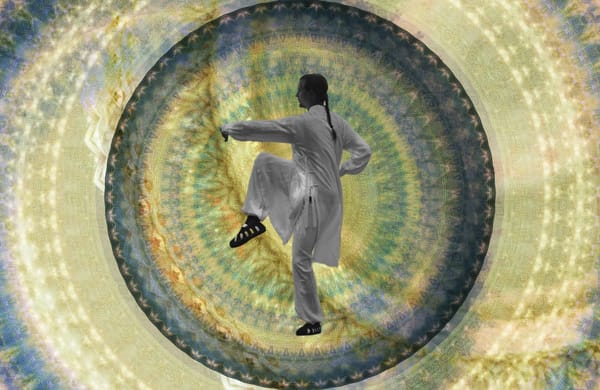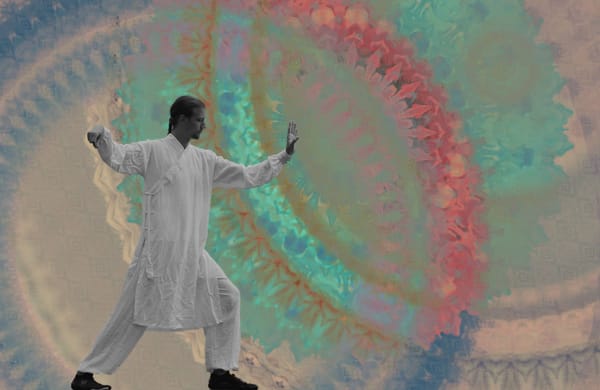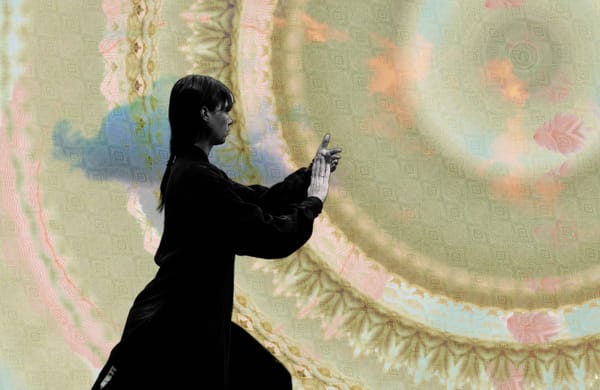Kalari Elephant Tactic
The wild boar never retreats. It charges with tusks aimed at your most vulnerable spots, transforming from stillness to explosive fury in a heartbeat. These ancient combat secrets will teach you to fight with the same unstoppable ferocity. Are you ready to unleash your inner beast?

Advanced Kalaripayattu Combat Applications
Now that you've mastered the foundational Gaja Vadivu (elephant stance), we want to unleash the full tactical arsenal of this majestic warrior. The elephant represents one of nature's most intelligent and powerful fighters – and in Kalaripayattu, we embody these same qualities to become immovable forces in combat.
Understanding the Elephant's Combat Nature
The elephant is a creature that commands absolute respect. In the wild, these magnificent beings combine raw power with tactical intelligence, making them undefeated masters of their domain. They possess several key characteristics that make them legendary warriors:
- Overwhelming Force Elephants can generate crushing power through their massive frame, using their trunk as both a versatile weapon and a tactical tool. Their strikes are calculated, methodical, and carry the weight of thousands of pounds behind every movement.
- Strategic Dominance The elephant's trunk serves as a multi-functional combat instrument – capable of grappling, throwing, and striking with precision. Combined with their tusks for piercing attacks and their feet for crushing blows, they control every range of combat.
- Immovable Presence With their towering stature and massive weight distribution, elephants create an impenetrable defensive fortress. They absorb impacts that would destroy other creatures, turning defense into devastating counter-offense through sheer mass and positioning.
Translating Elephant Tactics into Kalaripayattu Combat
The foundational stance that dominates through immovable strength.
Gaja Vadivu establishes combat supremacy through its core training method called Amarcha (അമർച്ച) - a low squat position that creates what traditional masters describe as an immovable base capable of withstanding immense force. The practitioner assumes a shoulder-width stance with feet gripping the ground, thighs parallel to floor, and weight distributed through hips and thighs rather than knees. The spine remains perfectly straight while the body achieves maximum defensive positioning.
The hand formations create a sophisticated shield system: both armes shield face and chest area and the hands form the classical elephant trunk. This positioning allows us to execute the trunk-like arm movements - flexible, grabbing, and pulling motions that utilise the entire spine's mobility to grab, control, and dominate opponents.
Combat applications center on generating overwhelming force from the abdominal region through to the soles of the feet, creating strikes that dominate opponents through overwhelming physical presence. The stance provides tactical advantages in multiple combat scenarios: defending against multiple attackers through its immovable foundation, executing powerful downward strikes that utilise the elephant's characteristic force patterns, and maintaining combat effectiveness during prolonged engagements through inexhaustible agility.
By the way ....
... since we are redesigning our website, we have opened the founder plan again, which runs -60% off the regular Scholar plan.
Traditional movements that mirror elephant behavior patterns
The combat techniques systematically incorporate specific elephant behaviours observed by traditional masters over centuries. Gaja Chuvadu (ഗജ ചുവട്) encompasses the stepping patterns, including Vatta Chuvadu (parallel stepping characteristic of elephant movement), Aka Chuvadu (small defensive steps), and Neeka Chuvadu (moving steps for offense and response).
Striking techniques follow elephant force generation principles. Gaja Adavu (ഗജ അടവ്) delivers powerful, downward-directed strikes that mirror how elephants use their massive weight and strength. These strikes emphasise generating force from the ground up through the entire body structure, creating devastating impact while maintaining defensive stability. My guru emphasises that these strikes should overwhelm opponents through sheer physical dominance rather than relying on speed or deception.
Defensive applications utilise the elephant's protective instincts. Gaja Thadavu (ഗജ തടവ്) encompasses blocking techniques that create shield formations protecting vital areas. We learn to sustain attacks from above while maintaining position, absorbing pressure and force while remaining ready to counter-attack. Gaja Pidichi (ഗജ പിडিच്চി) develops grappling and controlling techniques inspired by elephant trunk actions, using the whole body's flexibility to grab, pull, and manipulate opponents.
Movement transitions incorporate elephant's natural flow patterns. Gaja Thirukkam (ഗജ തിരുക്കം) provides turning and rotating movements between offensive and defensive positions, while Gaja Mel Chuvadu and Gaja Thazhvu govern rising and descending movements that maintain elephant stance principles throughout combat.
Access it all!
The Founder plan is the same as the Scholar, just at a really reduced rate!
Philosophy that transforms warriors through elephant wisdom
The philosophical foundation rests on four sacred teachings derived from elephant behaviour.
- Physical foundation emphasises that a warrior's biggest strength is his strong physical being, developed through intensive Amarcha training that builds strength in hips, thighs, spine, and ankles.
- Adaptive flexibility draws from trunk movements to teach unmatched flexibility in both attack and defense while protecting vital areas.
- Mental supremacy forms the core principle. Traditional philosophy states that a warrior becomes a ruthless fighter by more of her mental strength than her physical ability. The elephant's mental resilience becomes a model for developing the psychological fortitude necessary for combat effectiveness. We learn to become capable of enduring physical and mental pressures while maintaining tactical awareness and decision-making capability under stress.
The practice serves as a cleansing of the instinctive behaviors and impulses in order to learn inner tranquility and to better use our tools, body and mind.
This spiritual dimension connects the martial art to Kerala's profound cultural relationship with elephants, where these animals represent divine wisdom, obstacle removal, and spiritual strength in temple traditions and religious ceremonies.
We develop Gaja Shakti (ഗജ ശക്തി) - the immense, grounded strength associated with elephants - through specific breathing techniques and marma point activation that channels vital energy throughout the body.
Specific techniques that weaponise elephant characteristics
Combat techniques systematically exploit elephant behavioural patterns for martial advantage. Trunk flexibility translates into combat versatility: we develop the ability to use arms and spine with elephant-like adaptability, creating unexpected attack angles and defensive positions that confuse opponents accustomed to more rigid fighting systems.
Elephant's pressure-bearing capacity becomes defensive mastery.
Training emphasises the ability to maintain stance and combat effectiveness while sustaining pressure from above, allowing us to absorb attacks that would destabilise fighters using other stances. This creates tactical advantages in grappling situations and multiple-opponent scenarios.
The elephant's territorial dominance inspires combat psychology.
We learn to create an immovable presence that psychologically impacts opponents before physical engagement begins. Traditional sources describe this as developing the confidence to use the body fearlessly in times of need, transforming our own mental approach to conflict.
Weapon integration follows elephant principles.
Gaja Kolthari applies elephant stance principles to wooden weapons training, while Gaja Angathari extends the concepts to metal weapons including swords, spears, and the flexible urumi. The stable foundation provided by elephant stance proves essential for controlling weapons that require precise body positioning and immense physical strength.
Training methodology that develops elephant mastery
Traditional training follows a four-stage progression documented in authentic sources. Foundation building focuses exclusively on mastering Amarcha position, developing the leg strength and hip flexibility necessary for sustaining the stance during combat. We must demonstrate ability to maintain the position for increasing durations while absorbing pressure from above.
Dynamic movement training integrates breathing control with stance holding, develops trunk-like arm movements, and builds proficiency in transitioning between elephant stance and other Vadivu forms. This stage emphasises maintaining elephant principles while achieving fluid combat mobility.
Combat integration introduces sparring applications, defensive blocking under pressure, and striking techniques from elephant position. Traditional training includes paired exercises where students face each other practicing hitting and blocking while maintaining elephant stance principles, with careful attention to proper spacing and controlled intensity.
It is not forever....
We will close our early member Founder plan as soon as we are done with redesigning Sage Blue
Mental Aspects
The Elephant's Supreme Consciousness
The elephant's true power is in its unshakeable mental fortress. These magnificent beings are revered because they combine raw power with profound wisdom and emotional intelligence. When you embody Gaja, you cultivate this same elevated consciousness:
Immovable Presence
The elephant doesn't need to prove its strength; it simply is strength. Develop the confidence that comes from knowing your capabilities without needing to display them. Your presence alone should command respect before any physical engagement begins.
Strategic Patience
The elephant observes, analyses, and then acts with devastating precision. Unlike reactive fighters, you learn to absorb information, read patterns, and strike when the moment presents maximum advantage. This isn't hesitation – it's tactical superiority.
Emotional Mastery
Elephants experience deep emotions yet maintain perfect control. Channel your intensity through what we call Gaja Manas – the elephant mind that remains calm in chaos. Feel everything, but let nothing disturb your tactical center.
In my years of practice, I've discovered that the elephant teaches us something profound: true warriors win battles in their minds before their bodies ever engage. When you sink into Gaja Vadivu, you're not just taking a stance – you're accessing centuries of wisdom about mental dominance. The elephant shows us that the most powerful force in combat isn't aggression or speed, but the absolute certainty that you are immovable, inevitable, and supremely aware.







